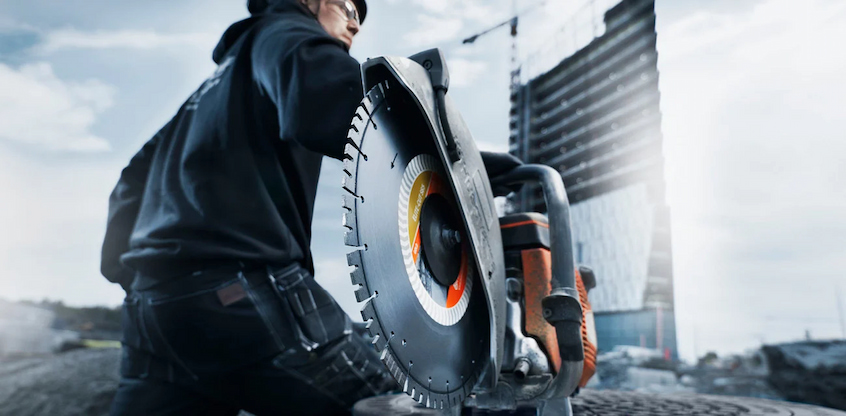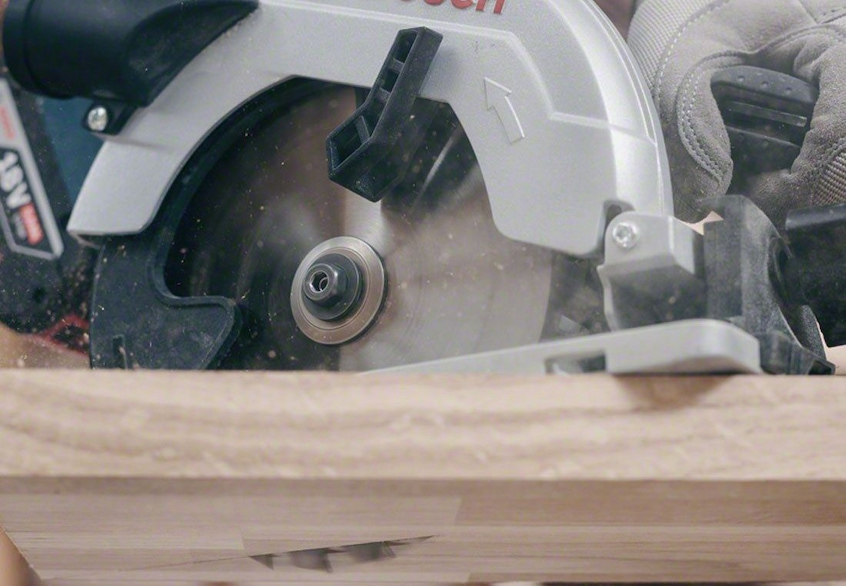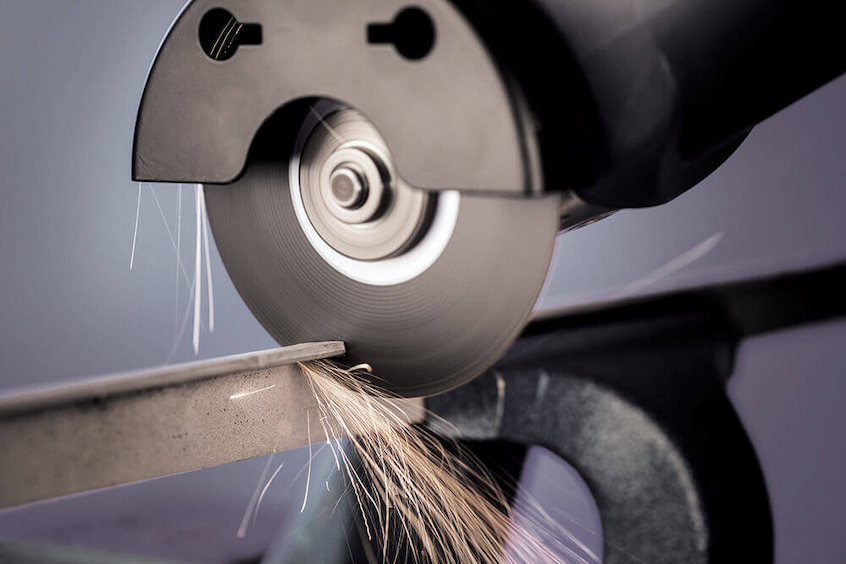
A Guide to Saw Blades: The Different Types of Blades and Where They’re Used
Investing in a circular saw blade is quite an investment and is essential to succeeding in the project you’re working on. There are many different types of saw blades, all of which are suitable for cutting different materials. That being said, you need to know what you’re going to use the blade for. Are you going to cut specific materials with it? Or are you going to work with a particular type of power saw? You need to know the answer to these questions before you invest in a blade.
Moreover, you’ll need to compare the blade type and diameter with the capacity of your saw. For instance, handheld circular saws generally aren’t compatible with smaller carbide-tipped blades. Tile saws, on the other hand, use a diamond saw blade around 7-10″. Table saws use carbine-tipped blades that are 10-12″ in diameter. And lastly, metal-cutting saws generally use a 14″ abrasive blade.
You’ll want to check the hole in the centre of the blade, which is called an arbour hole, to make sure it fits the shaft of the saw. Last but not least, check the rotations per minute of the blade to make sure it’s compatible with the RPM capacity of your saw. Now that you have a general idea of what you need to consider, let’s talk about the different kinds of saw blades.
Contents
Standard Blades

Standard blades are mainly used to cut wood and wood composites. The number of teeth the blade has will determine the type, speed and cutting finish it will produce. Blades with fewer teeth generally cut faster, while blades with more teeth cut with a finer finish. These blades are essential for any DIY woodworker. If you’re looking to work on a wood-based project, this is the type of blade you’ll need.
Continuous Rim Blades
These blades don’t come with gullets and teet, but rather a consistent, smooth edge. Typically, it’s a diamond saw blade that’s used for cutting tougher materials such as slate and tile. These blades will often provide a clean finishing cut. Some blades are designed for dry cutting, whereas others are designed for wet cutting. For that reason, you should first check the specifications of your saw and the task you’re working on. These blades are required for projects that involve cutting slate, tiles or soft stone, such as redoing a roof section or remodelling a kitchen.
Turbo Rimmed Blades

These are similar to continuous rim blades, as they’re often diamond-tipped, but they have a serrated rim instead of a smooth one. While they don’t provide the same finish, they provide for a stronger, more aggressive cut, making them ideal for cutting brick, concrete and stone. There are blades made for wet cutting and dry cutting, so you’ll want to consider your saw’s requirements. If you’re performing any stonework around the house, then these blades are suitable.
Segmented Blades
These blades also feature diamond edges, but feature gullets similar to those found on standard blades. This allows them to provide super-strong cuts, making them ideal for cutting rough materials like brick and concrete. However, as a result, they also leave the roughest finish of all blades. Again, you have to consider whether you’re wet-cutting or dry-cutting based on your project and saw. Segmented blades are ideal for heavy-duty concrete cutting.
Abrasive Blades

Abrasive blades, as their name suggests, are tough. While they’re not diamond-edged like the aforementioned types, they feature an abrasive material like silicon carbide or aluminium oxide to provide a strong cut. They’re generally used for cutting tough materials like brick, and in some instances, metal. These blades are ideal for working on heavy-duty projects.
The Final Word
As with any other power tool, you need to be extremely careful, and confident that you’re using the saw and blade safely. Make sure you possess the skills before taking on heavy-duty projects. Choosing the right blade is half the equation. Understand your saw’s capabilities, and know what the task at hand holds. While DIY projects are fun and fulfilling, there’s always the risk of injury or damage. For those reasons, make sure you have the right personal protection equipment, and a dedicated place where you’ll be performing the work. For any projects beyond your ability, just contact a licensed professional, no matter whether it’s a carpenter, plumber or electrician.
You can find a wide range of saw blades online, or in your local hardware store. Most of the time, saw manufacturers also produce their own line of blades that are compatible with their products. In fact, it’s recommended that you stick to the same manufacturer saws and blades, not only to ensure compatibility, but optimum performance. At the end of the day, it all comes down to the project at hand, and the type of cutting you want to perform.

